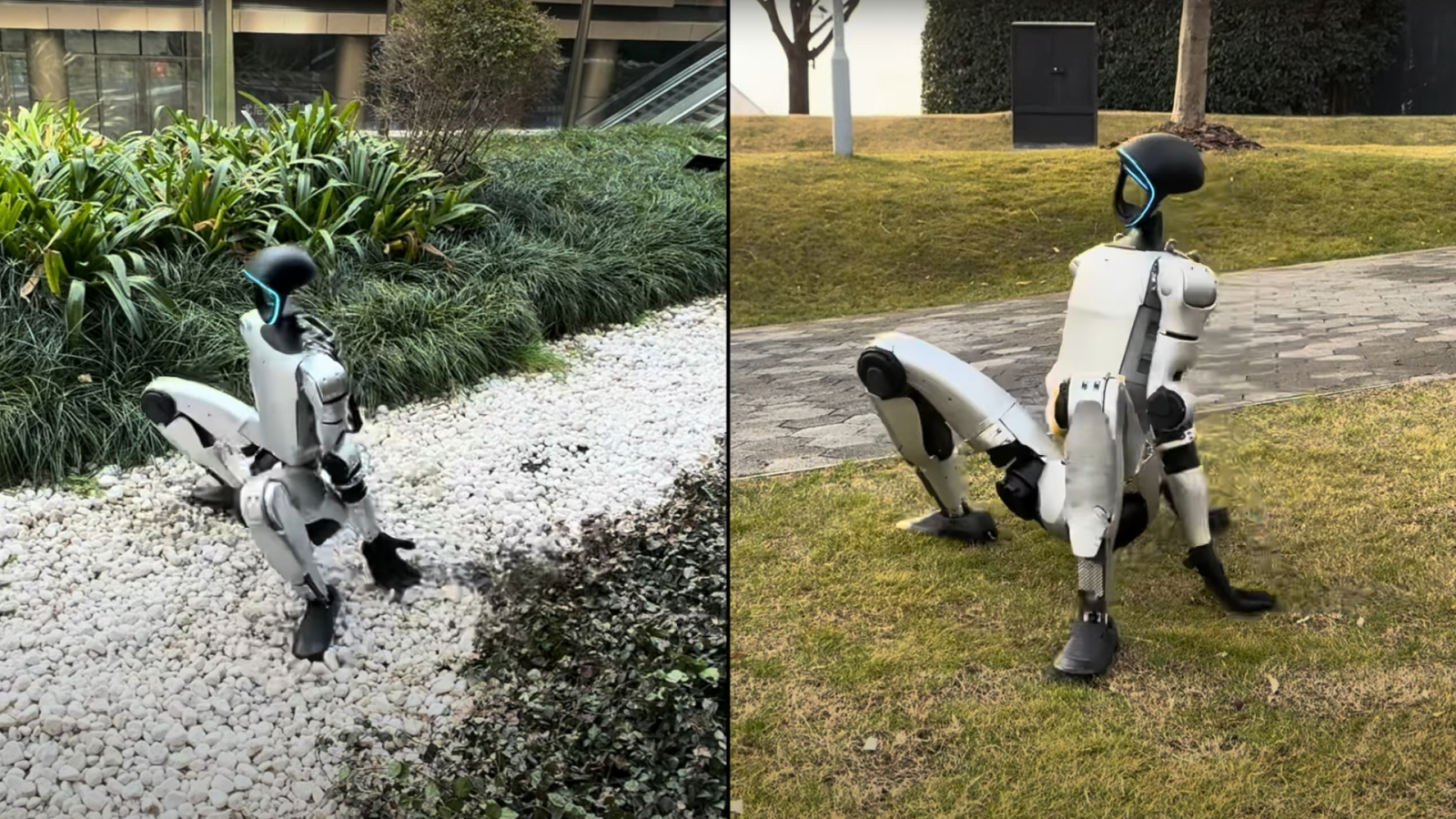When you purchase through links on our site , we may earn an affiliate direction . Here ’s how it works .
This Research in Action article was allow to LiveScience in partnership with the National Science Foundation .
A raw proficiency invigorate by elegant soda pop - up script and origami will presently allow clones of machinelike insect to be mass - produced by the sheet .

Insect robot creation method inspired by children’s pop-up books.
invent by engineers at Harvard University , the ingenious layering and folding process turn on the rapid fabrication of not just microrobots , but a broad range of electromechanical machine . The newfangled proficiency supercede a tedious and time - eat manual cognitive process for create such devices .
For prototype , applied scientist laminated together layers of atomic number 6 fiber , Kapton ( a fictile film ) , titanium , brass , ceramic , and adhesive sheets in a complex , laser - slew design . The structure incorporates flexible hinges that allow the 3 - D product — just 0.1 inch ( 2.4 millimeters ) magniloquent — to assemble in one movement , like a pop - up book .
The entire mathematical product is approximately the sizing of a U.S. after part , and dozens of these microrobots could be manufacture in parallel on a individual sheet .

A new technique inspired by elegant origami will soon allow clones of robotic insects to be mass-produced by the sheet.
" This take what is a trade , an artisanal process , and transforms it for automated mountain production , " researcher Pratheev Sreetharan , who co - developed the technique with J. Peter Whitney , said . Both are graduate students at the Harvard School of Engineering and Applied Sciences .
Sreetharan , Whitney , and their co-worker in the Harvard Microrobotics Laboratory have been working for years to work up bio - inspired , bee - sized automaton that can pilot and act autonomously as a settlement . Appropriate materials , computer hardware , control condition scheme , and assembly techniques did not exist prior to theRoboBeesproject , so each must be invented , developed , and mix by a various team of research worker .
The RoboBees task is endure by the National Science Foundations’Expeditions in Computingprogram , as well as the U.S. Army Research Laboratory and the Wyss Institute for Biologically Inspired Engineering at Harvard .

" The ability to incorporate any type and number of material stratum , along with integrated electronics , means that we can give full systems in any three - dimensional form , " chief police detective Rob Wood , an Associate Professor of Electrical Engineering at Harvard , say . " We ’ve also demonstrated that we can create self - assembling equipment by include pre - distressed materials . "
Printed bot boards
Moreover , the layering process builds on the manufacturing cognitive process presently used to make print circuit board , which means that the tools for creating heavy sheets of drink down - up devices are unwashed and abundant . It also means that the integration of electrical components is a natural extension of the assembly operation — in particular significant for project like RoboBees where the devices are constrained in their size and weight unit .

" In a declamatory gadget , you could take a golem leg , for example , open it up , and just bolt in circuit boards , " explains Sreetharan . Our devices are " so small that we do n’t get to do that . " Pointing to the carbon - fiber boxful truss that constitutes the pop - up bee ’s consistency anatomy , Sreetharan said , " Now , I can put chips all over that . I can build in sensing element and controller actuator . "
The implications of this novel manufacture scheme go far beyond the micro - air vehicles . The same mass - production proficiency could be used for mellow - power switches , optical systems , and any other tightly integrated electromechanical gimmick that have parts on the plate of micrometer to centimeters .
at long last , with such an efficient technique , tiny robots might soon be built by only slimly enceinte ones .

See a flat bed sheet dada up into an icosahedron below .















